The heartland of America harbors a celestial secret—some of the country’s darkest night skies stretch across its rural expanses. Far from the coastal metropolises, the agricultural landscape of the Midwest creates vast zones with minimal artificial illumination, perfect for astronomical observation. The flat terrain and open vistas characteristic of much of the region provide unobstructed 360-degree views of the heavens.
Here is a list of 13 remarkable destinations across the Midwest where stargazers can experience the night sky in its full, awe-inspiring glory.
Emmet County Dark Sky Park, Michigan
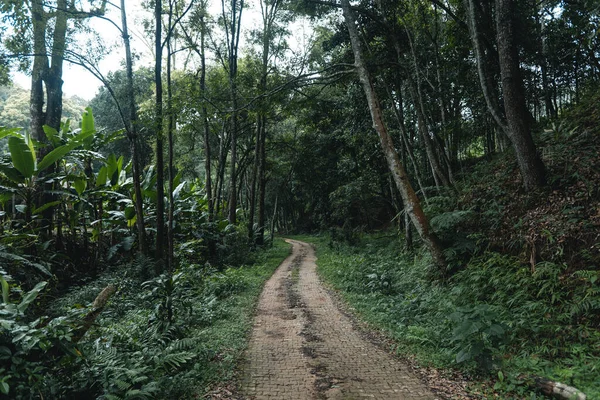
At the northernmost tip of Michigan’s Lower Peninsula, this 600-acre preserve became one of the world’s first internationally designated dark sky parks. The park’s position along the Straits of Mackinac creates an unobstructed northern horizon over Lake Michigan—ideal for viewing the Milky Way and northern lights.
The dedicated waterfront observation deck includes heated restrooms for winter comfort during the aurora season. Amateur astronomers appreciate the concrete pads designed for telescope mounting, while casual visitors enjoy regular programming at the lakeside event center.
Newport State Park, Wisconsin

This wilderness park on the tip of Door Peninsula earned Wisconsin’s only International Dark Sky Park designation. The park’s northeastern position on Lake Michigan’s shoreline creates dramatic views where celestial objects appear to rise directly from the water.
The 2,300-acre property features 11 miles of undeveloped shoreline and backcountry campsites accessible only by hiking, allowing overnight stargazing far from any artificial light sources. The combination of dark skies above and reflective lake surface below creates exceptional conditions for astrophotography, particularly during meteor showers.
Voyageurs National Park, Minnesota
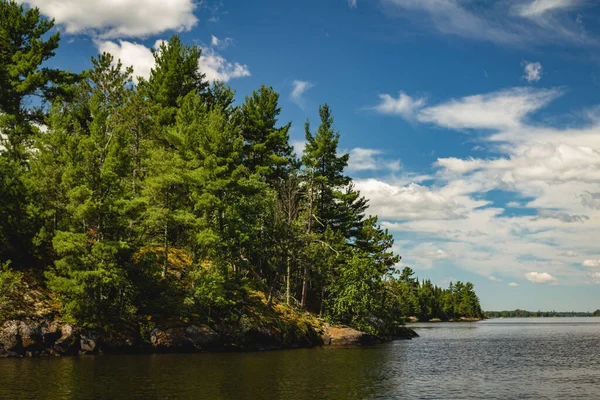
Near the Canadian border, this water-based park recently received Dark Sky Park certification for its exceptional night sky quality. The park’s 218,000 acres include more than 30 lakes connected by waterways, creating unique stargazing opportunities from boats, islands, and frozen lake surfaces in winter.
The northern location makes this one of the best places in the contiguous United States to view the aurora borealis, which sometimes appears vibrant enough to cast shadows. The park’s Rainy Lake Visitor Center hosts occasional astronomy programs, including telescope viewing sessions led by rangers.
Badlands National Park, South Dakota

The eroded geological formations of the Badlands create an otherworldly foreground for night sky viewing. The park’s remote location in western South Dakota ensures minimal light pollution, while the arid climate produces exceptional atmospheric clarity. The Cedar Pass Campground hosts the Night Sky Program during summer months, with rangers pointing out constellations and operating high-powered telescopes.
The stark landscape of spires and buttes silhouetted against star-filled skies draws astrophotographers from across the country seeking dramatic compositions impossible elsewhere.
Tallgrass Prairie National Preserve, Kansas
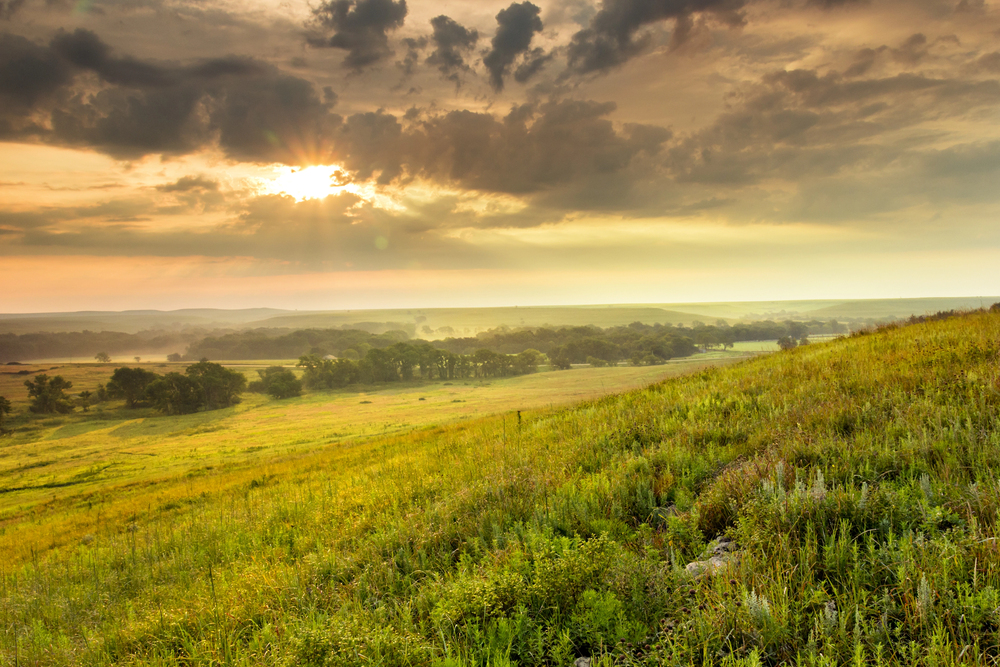
The vast open skies above America’s last remaining tallgrass prairie ecosystem provide a window into the heavens much as pioneers would have experienced them. The preserve’s 11,000 acres sit in the Flint Hills—one of the darkest remaining regions in the eastern half of the country.
Monthly star parties hosted by the preserve bring amateur astronomers with telescopes, while allowing visitors to experience the profound darkness once common across the continent. Spring offers the bonus of synchronized lightning bugs creating a terrestrial light show among the prairie grasses.
Cherry Springs State Park, Pennsylvania
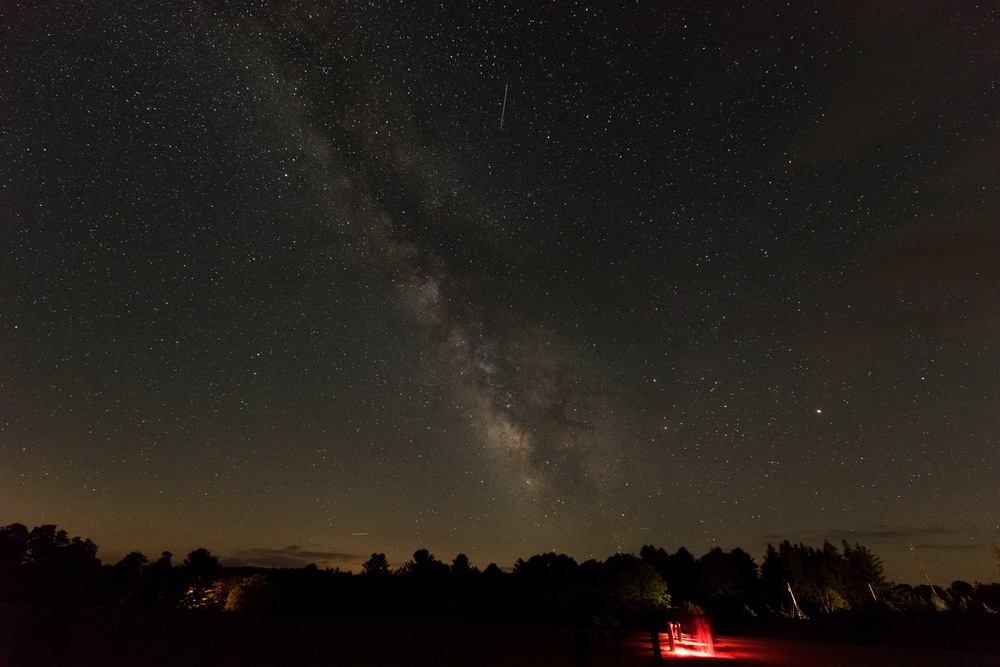
Though technically at the eastern edge of the Midwest, this former logging site in the remote Pennsylvania Wilds deserves inclusion for its exceptional darkness. Situated atop a 2,300-foot mountain surrounded by the 262,000-acre Susquehannock State Forest, the park features an astronomers’ field with concrete pads and electrical hookups for serious observers.
The surrounding terrain blocks light pollution from distant towns, creating conditions where the Milky Way casts visible shadows on clear nights. The park’s official Dark Sky designation attracts astronomers from major East Coast cities seeking escape from urban light domes.
Afton State Park, Minnesota
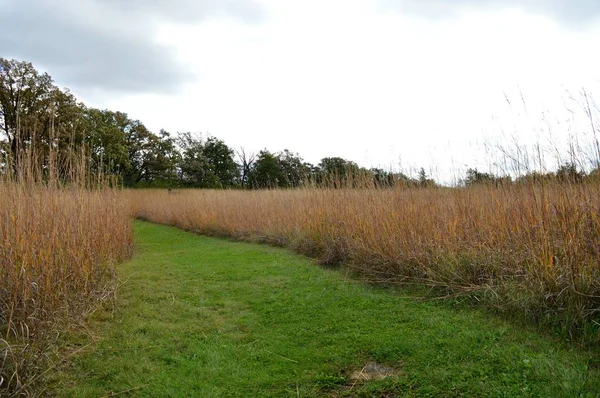
Just 30 minutes from downtown St. Paul, this ravine-carved park along the St. Croix River offers surprisingly dark skies despite its proximity to the Twin Cities. The park’s deep valleys shield observers from urban light pollution to the west, while the state border with Wisconsin creates a natural buffer zone to the east.
Local astronomy clubs host regular public viewing nights at the restored prairie area, where the lack of trees provides excellent celestial visibility. The park’s year-round camping options include winter yurts, allowing overnight stargazing during the long nights when skies are typically clearest.
Theodore Roosevelt National Park, North Dakota

The remote badlands where Roosevelt developed his conservation ethic now protect some of the darkest remaining night skies in the northern plains. The park’s North Unit, less visited than the South Unit, offers exceptional stargazing with minimal light intrusion. The rugged landscape creates natural amphitheaters that block what little light pollution exists in this sparsely populated region.
Rangers present astronomy programs focusing on how the night sky connected to indigenous peoples’ cultural practices long before Roosevelt’s arrival, bringing historical context to the celestial viewing experience.
Maquoketa Caves State Park, Iowa
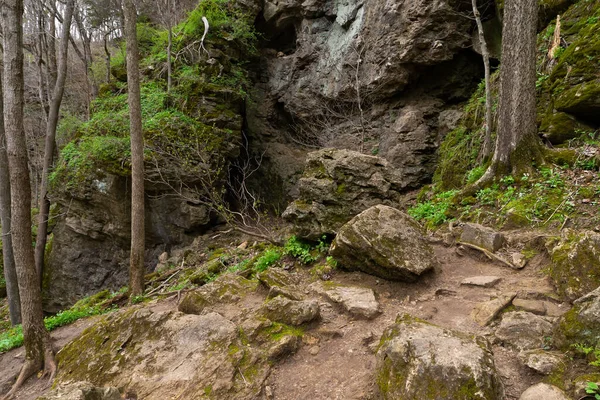
Though known primarily for its unusual karst topography and cave systems, this park transforms after sunset into an unexpected astronomical haven. The park’s ridges and valleys create natural barriers against light pollution from nearby communities.
The unique landscape includes several large open meadows perfect for telescope setup or unaided-eye observation, while trails connect these viewing areas for nighttime exploration during full moons. Park naturalists occasionally offer programs connecting underground geological processes with the formation of elements in distant stars.
Sleeping Bear Dunes National Lakeshore, Michigan
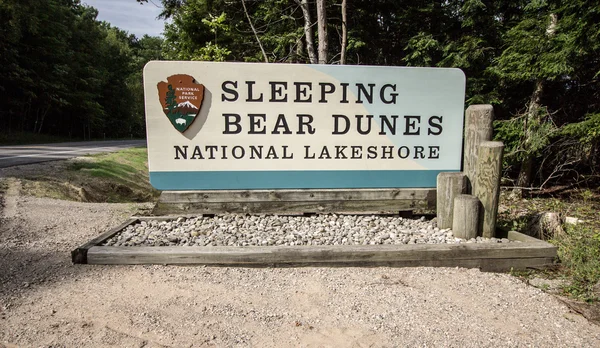
The massive sand dunes along Lake Michigan’s eastern shore create elevated vantage points for night sky viewing above the tree line. The park’s position on the 45th parallel—halfway between the equator and the North Pole—provides excellent views of both northern and southern constellations.
The dune overlooks at Pierce Stocking Scenic Drive offer accessible stargazing without hiking, with expansive western views over Lake Michigan unaffected by light pollution. The contrast between dark skies and the distant twinkling lights of Wisconsin across the lake adds perspective to the astronomical experience.
Mark Twain National Forest, Missouri
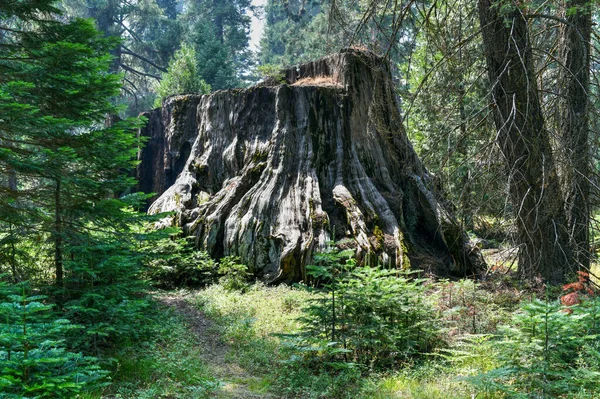
Spanning 1.5 million acres across southern Missouri, this vast forest contains numerous remote areas with exceptional darkness. The astronomical highlight occurs at Hercules Glades Wilderness Area, where observers can hike to ridgetops that rise above evening valley fog for clearer viewing conditions.
The forest’s extensive network of gravel roads provides access to countless unofficial observation points far from developed campgrounds. Local universities occasionally conduct research and public outreach events in the forest, bringing portable telescopes for public viewing nights during meteor showers.
Wildcat Mountain State Park, Wisconsin
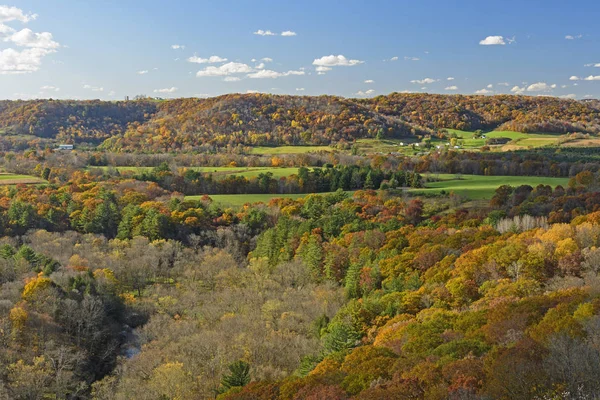
Perched atop a ridge in Wisconsin’s Driftless Area—a region untouched by glaciers during the last ice age—this park offers panoramic views from 500 feet above the winding Kickapoo River valley. The rugged terrain creates natural shields against light pollution from nearby communities.
The park’s Observation Point provides a dedicated stone platform ideal for tripod-mounted equipment, while nearby campsites allow overnight stargazing. The unique microclimate often positions observers above low-lying fog banks, creating the illusion of floating among the stars.
Whiterock Conservancy, Iowa
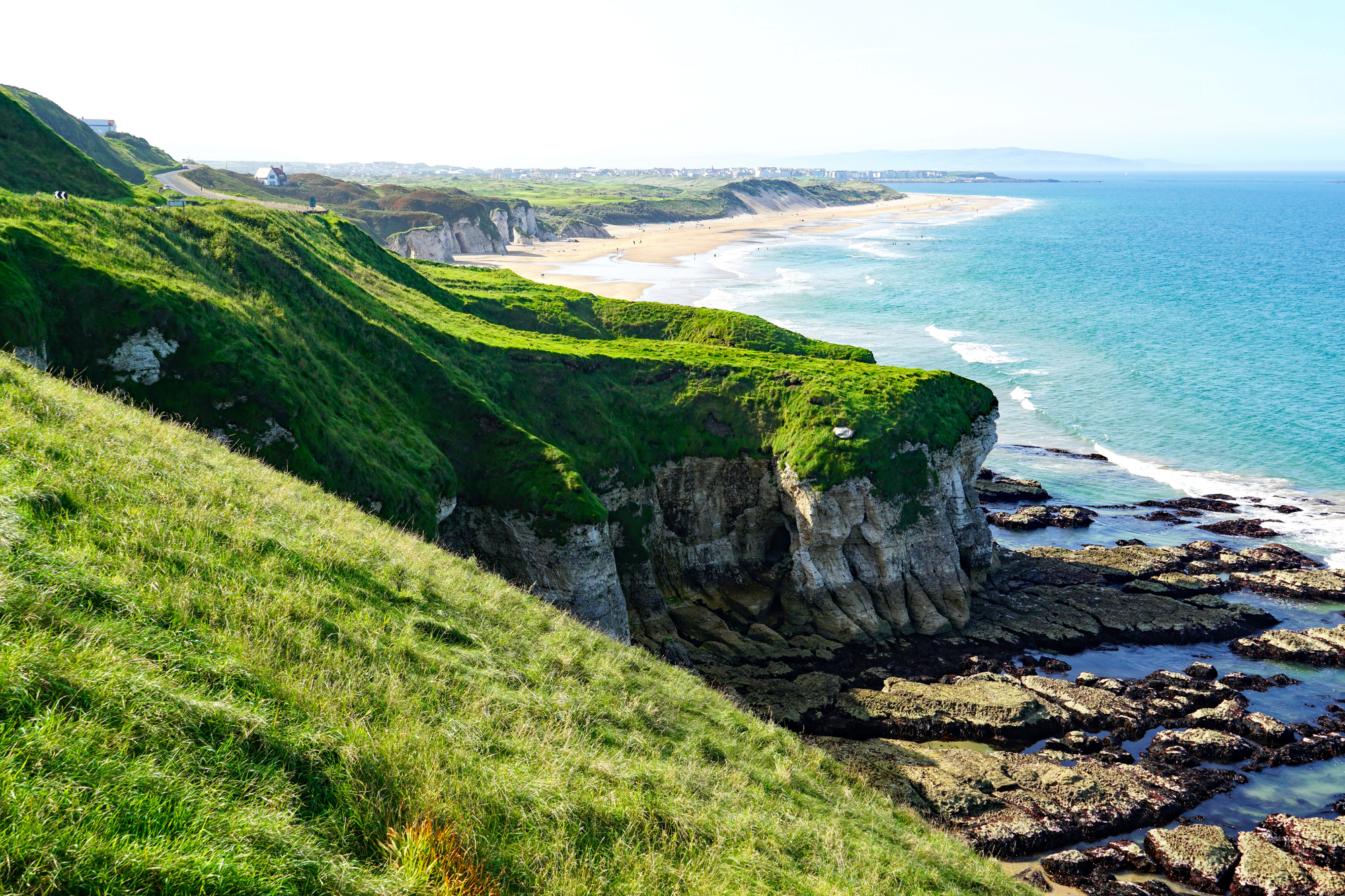
This 5,500-acre nonprofit land trust along the Middle Raccoon River Valley maintains dark sky protection as part of its conservation mission. The property’s diverse landscape includes restored prairie, savanna, and riparian corridors, with several established stargazing locations away from trees and structures.
The conservancy’s sustainable land management practices include dark-sky friendly lighting throughout the property to protect nocturnal wildlife. The organization hosts regular astronomy events at the Star Field, a dedicated viewing area with educational signage about light pollution’s environmental impacts.
Looking Upward from America’s Heartland

These Midwestern stargazing destinations preserve more than optimal viewing conditions—they maintain a connection to humanity’s original experience of darkness. As artificial lighting continues to brighten night skies across North America, these protected areas offer increasingly rare opportunities to witness celestial phenomena as our ancestors did.
Whether you’re tracking satellites with sophisticated equipment or simply lying back to watch meteors streak overhead, these locations remind us of our place in the vast cosmic panorama that unfolds each night above the quiet fields and forests of the American heartland.
More from Travel Pug

- Cities Growing so Fast You Won’t Recognize Them in 10 Years
- 13 Destinations Where Tourists Regularly Regret Their Trip
- 16 U.S. Cities That Are Quietly Becoming Travel Hotspots
- Where to Travel If You Love Long Bus Rides and Daydreams
- 20 Cities Perfect for Solo Travelers Who Crave Adventure & Culture
Like Travel Pug’s content? Follow us on MSN.
